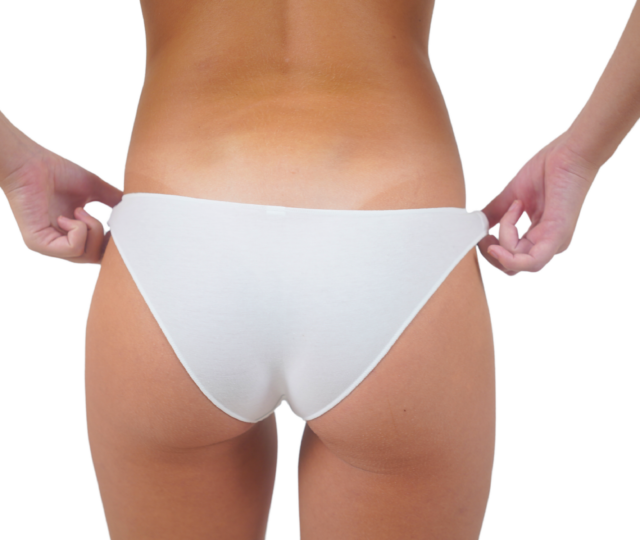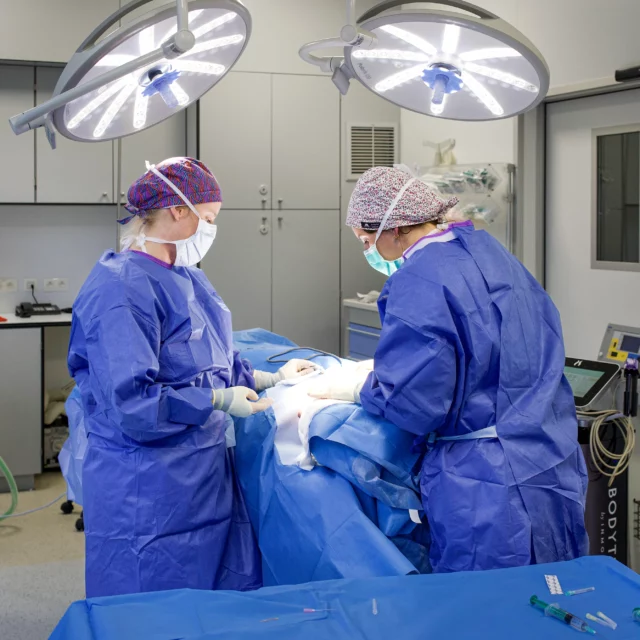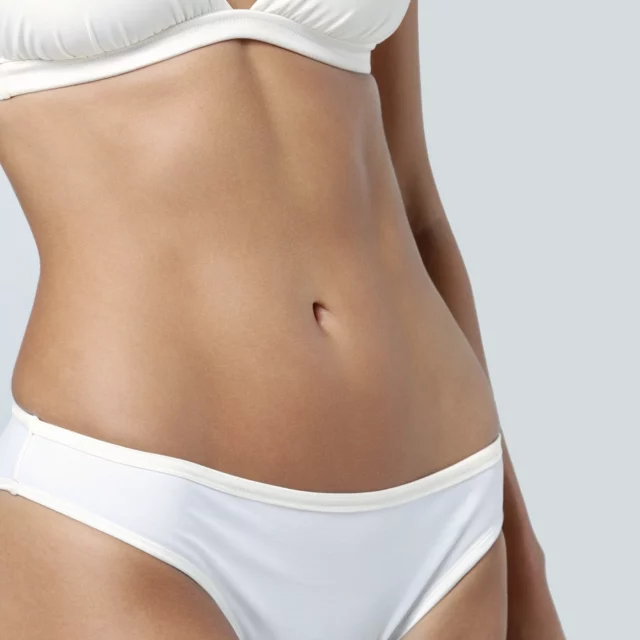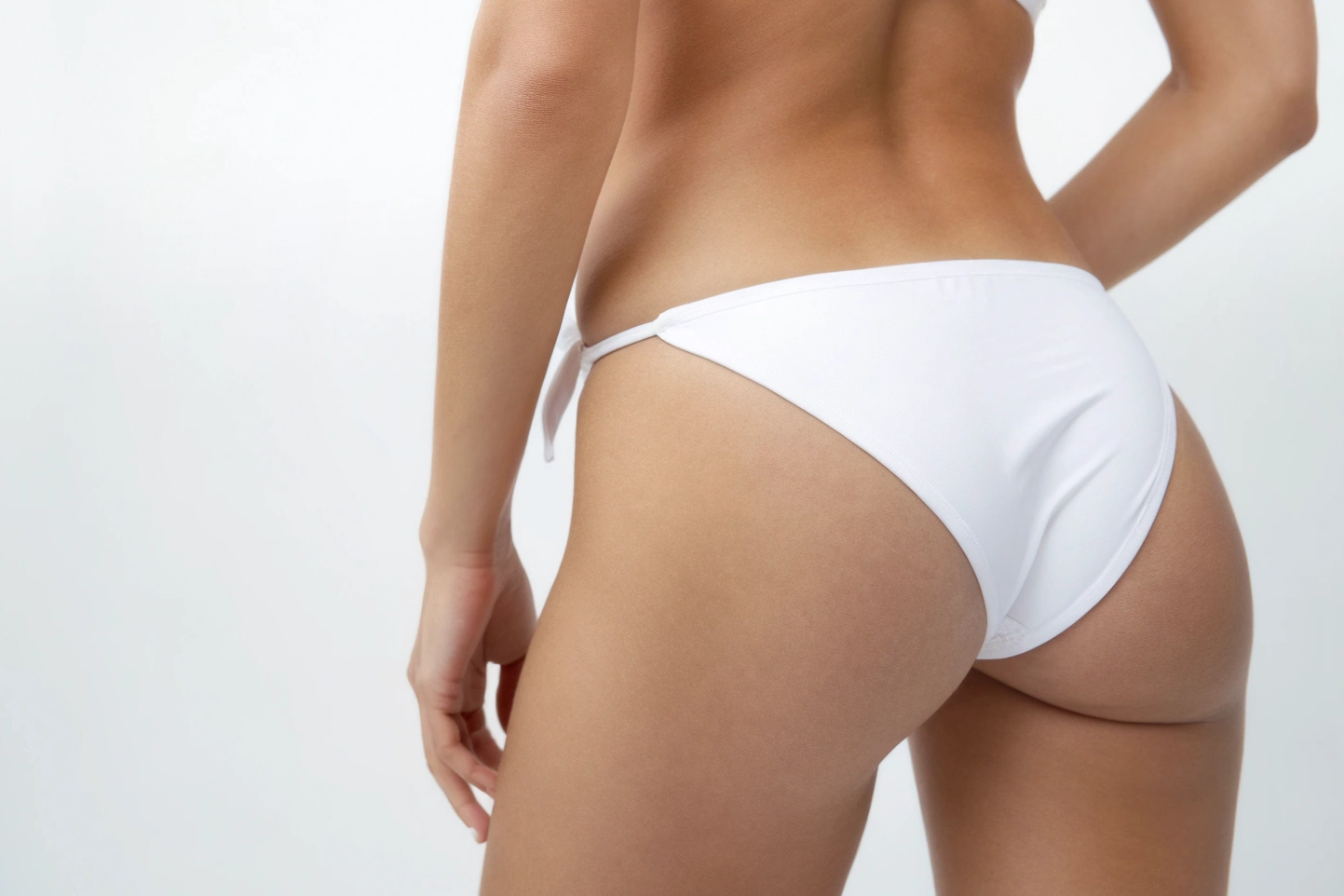What is liposuction or lipoaspiration?
Liposuction, also known as liposuction or liposculpture, is a surgical procedure designed to remove unwanted fat deposits from certain areas of the body. This technique remodels and sculpts the body by removing excess fat that resists traditional methods such as diet and exercise.
Originally developed in the 1970s, liposuction has evolved considerably over the years. Today’s cosmetic surgery techniques are less and less invasive, and offer more natural results with shorter recovery times. It should be noted that liposuction is not a weight-loss or weight-control method. It consists in removing localized, excess fat cells, which will not reappear.
Why choose liposuction?
Improving physical appearance can have a positive impact on self-confidence and emotional well-being. Even with a balanced diet and regular exercise program, certain areas of the body can retain stubborn fat deposits.
Liposuction can remove this localized fat in an effective and targeted way. Liposuction can also significantly improve the figure by sculpting and reshaping problem areas. Whether to flatten the tummy, slim thighs or reduce “love handles”, this plastic procedure offers immediate and lasting results. The figure is more harmonious and balanced.
Liposuction is often combined with other surgical procedures, such as abdominoplasty or radiofrequency, for more complete and harmonious results.
When is liposuction needed?
Liposuction is not a weight loss solution. It is preferable to be relatively close to one’s ideal weight, but with areas of localized fat to achieve optimal results.
Good skin elasticity is essential for effective skin retraction after fat removal, contributing to more natural results. A compressive girdle worn after the procedure will help achieve this. It is also possible to optimize skin contraction with radiofrequency during and after cosmetic surgery.
To maintain long-term results, it’s crucial to commit to a healthy lifestyle, including a balanced diet and regular exercise.
The benefits of liposuction
- Permanently removes stubborn grease
- Sculpts and harmonizes the silhouette
- Treats multiple target zones
- Natural, long-lasting results
- Modern techniques for rapid recovery
- Promotes skin retraction
- Complementary to other interventions

Frequently asked questions
What are the target areas for liposuction?
- Abdomen: this is one of the most commonly treated areas. Liposuction can help eliminate fat deposits around the waist and create a flatter, more toned abdomen.
- Thighs: Liposuction of the thighs can target several areas, including the inner, outer and posterior zones, for a more sculpted contour.
- Saddlebags: Liposuction effectively targets localized fat in this often stubborn area. The technique helps to sculpt and redefine the contours of the hips and thighs for a more balanced, harmonious figure.
- Hips: “Love handles” or fat deposits on the hips can be effectively reduced with this procedure, contributing to a more balanced silhouette.
- Arms: Liposuction of the arms is often performed to remove fat deposits that may accumulate with age or due to genetic factors.
- Back: Fat deposits in the back can be particularly resistant to exercise. Liposuction can help eliminate these deposits, particularly in the bra or lower back areas.
- Knees: Fat around the knees can be difficult to remove. Liposuction can help sculpt this area for a more toned appearance.
- Chin and Neck: Liposuction of the chin and neck can help eliminate the double chin and create a more defined jawline.
Is liposuction a solution for weight loss?
No, liposuction is not a weight-loss solution. It is intended to improve the figure by eliminating localized fat deposits that do not disappear despite diet and exercise.
Can liposuction remove excess skin?
Liposuction does not remove excess skin. However, the skin can tighten naturally a few months after the procedure, by wearing a support panty for several weeks afterwards.
Is liposuction effective against cellulite?
No, liposuction is not effective against cellulite. It reduces the deep layer of fat but does not treat cellulite.
What happens if I regain weight after liposuction?
Residual fat cells can re-swell if you regain weight. To maintain results, we recommend a healthy diet and an active lifestyle.
What are the risks of liposuction?
As with any surgical procedure, liposuction carries risks such as infection, bleeding and complications related to the anesthesia itself. Skin irregularities, such as bumps or hollows, may occur, especially if a large amount of fat is removed. Although very rare, there is a risk of cardiovascular complications such as blood clots or fat embolism.
How much does it cost?
Cost can vary according to a number of factors, such as geographical area and the expertise of the plastic surgeon. The number and size of the areas you wish to treat will also influence the cost.
You’ll also need to take into account additional costs such as pre-operative consultations, anesthesia, and post-operative care, which are not always included in the estimate. It’s important to discuss costs in detail with your specialist during the initial consultation. Make sure all costs are clearly explained to avoid any surprises.
Your journey in 3 steps
- Consultation
- Surgery
- Post-operative follow-up



At a glance
45 minutes to several hours, under general anaesthetic
On an outpatient basis
After 1 day
Day and night compression girdle for 2 to 6 weeks
1 week
7 to 10 days
After 1 week
After 4 weeks
7 to 10 days
The result
After a neck lift, you’ll notice a marked improvement in the definition of your neck and jawline, with tighter skin and more harmonious contours. Vertical bands and fatty deposits will be eliminated, offering a rejuvenated, refined profile. Results are long-lasting, typically between 10 and 15 years, provided you follow an appropriate skin care routine, including proper hydration, sun protection and smoking cessation.
The aim of this procedure is to achieve subtle, natural rejuvenation, without a “pulled” effect, while preserving the uniqueness of your features. If necessary, additional treatments can be considered to maintain long-term benefits.




